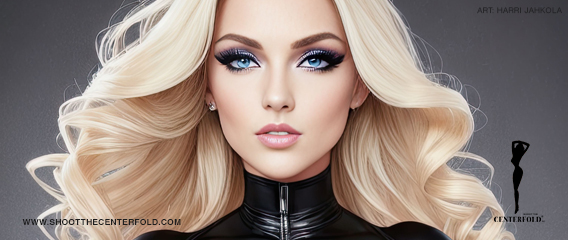Fair Pay For Creators: Compensating Artists in the Age of AI Image Generation
AI image generators such as Dall-E and Midjourney have captivated the masses in the past months. Although this technology is both exciting and disruptive for the visual arts industry, there needs to be more discussion about how to fairly compensate artists for their contributions to the training sets of these ai image generation tools.
As you read on, you’ll learn about the importance of compensating artists for their work in the training sets of AI image generators and how to make that happen. Tools like Undress AI are pushing the boundaries of technology, but it’s crucial that we also push for fairness in how the creators of original works are recognized and rewarded. By ensuring proper compensation, we can build a more ethical and sustainable future for AI development.
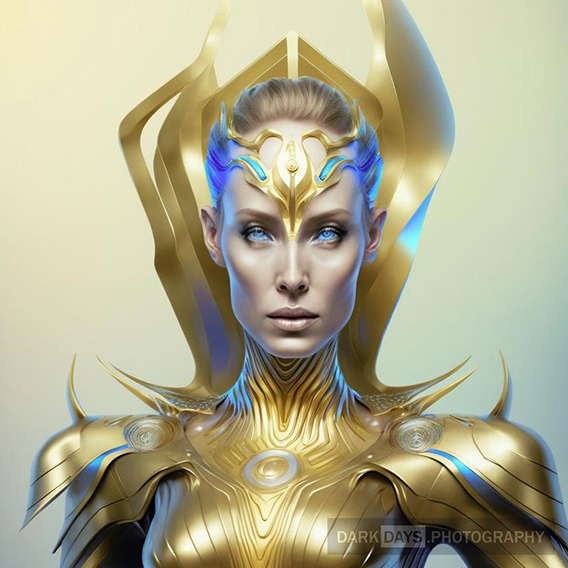
Why should we compensate artists?
Currently, many AI image generators use datasets of existing images found on the internet that are downloaded en masse by their developers using automated spiders. These images are used as part of the training process for the AI, and without them, we wouldn’t have AI image generators like Stable Diffusion or Dall-E.
The images used in these training sets are often the work of photographers like you and me”
It’s likely that if you’ve ever uploaded any images online, your work has been used to train an AI model. You can check if your art has been used to train an AI model on the Have I Been Trained website here.

Given that these models process hundreds of millions of images, it’s safe to say that there are thousands of artists whose work has been used to train them, if not millions. However, many companies that profit from using and accessing these AI image generators don’t compensate the artists whose work has contributed to their tools. This needs to change.
Compensating artists for the use of their work to train AI models is simply the right thing to do”
We spend a lifetime learning our craft and perfecting our art, spending significant amounts of money on equipment and training. It’s unfair for others to profit from our imagination and dreams without giving us anything in return.
I propose to adopt a royalty-based model. This is already common in creative industries or with patents, where a company licenses its technology to anyone who is willing to pay for it. This is the fair thing to do, and a royalty-based model ensures that artists are properly recognized and compensated for their contributions. By adopting this approach, we can create a more equitable and sustainable ecosystem for AI image generation.

The Framework
OUTLINE
This proposed framework aims to ensure that artists are fairly compensated for their work used to train AI models. AI model creators would be required to disclose the list of artists in their training database and distribute a certain percentage of proceeds from the image generation platform as royalties to these artists. If the end-user specifies an artist whose work is under copyright in the image generator prompt, that artist would receive half of the royalties from generating that image. At the same time, the rest would be distributed evenly among the other artists.
IN DETAIL
Under this framework, AI model creators would need to review their databases and identify artists whose work is included. They would then make the best effort to contact these artists, inform them that their work is being used to train AI models, and add them to the royalty database. Artists should also have access to a tool like the “Have I Been Trained” site, where they can check if their art has been used in this way and tell developers to add them to the royalty recipient list.

A global industry-wide standard for disbursing royalties is needed to ensure fair and consistent compensation for these artists. This standard could be based on existing schemes in the recording and movie industries.
Each image generated by the end-user would be valued by the AI image generator provider, using either a metered usage or per-image approach. The appropriate royalty rate would then be applied to this value, and the artist would be compensated on a regular basis. However, payments would only be made after a certain payment threshold is reached to avoid excessive overhead and fees.
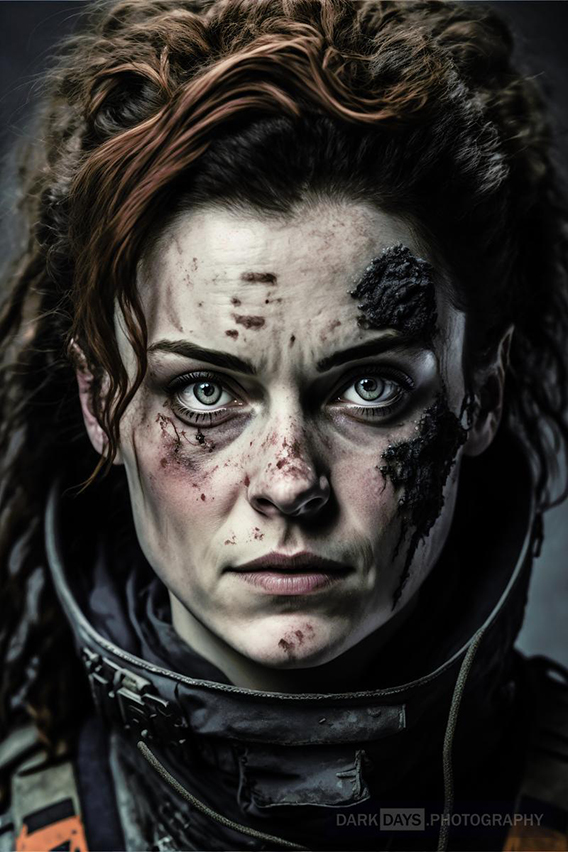
The royalty would be distributed evenly among the thousands of artists who contributed to the particular model. The general rule would be that “one contributed image equals one share of the total royalty paid.” However, if the model weighs some images higher than others, this would increase or decrease the share of each image accordingly. For example, a model designed for photorealistic output might weigh photographic images more heavily while still utilizing oil painters’ input.
If the end-user specifies an artist whose work is copyrighted in the image generator prompt (e.g., “in the style of Damien Hirst”), that artist would receive half of the royalties from generating the image, while the rest would be distributed evenly among the other artists. This recognizes the value of the artist who inspired the user’s request while still acknowledging the contributions of the other artists to the AI model.
How much should the compensation be?
Determining the appropriate level of compensation for artists whose work is used to train AI models is a complex issue that will require input from a range of stakeholders. Standard royalty rates for this type of use vary widely, so it will be essential to have an open and transparent discussion among artists, businesses, and society as a whole to determine a fair rate.
Artists should be compensated 20% of the revenue from the AI models that use their work”

This is higher than many artists currently receive but lower than the 30-40% royalties and fees common in the tech industry. The goal should be to find a balance between encouraging innovation and rewarding artists for their contributions to the technology.
One way to determine a fair compensation rate for artists is to consider the value of their work to the AI model. If an artist’s work is critical to the training set and is used extensively by the AI model, then they should be compensated more than an artist whose work is used less frequently. This approach could be implemented by tracking the usage of each artist’s work in the training set and using that information to calculate their compensation.
Ultimately, the level of compensation for artists should be determined through a collaborative process that involves input from all relevant stakeholders
By considering the value of the artist’s work to the AI model and the potential benefits to the artist, we can arrive at a fair and equitable solution.

What are the benefits?
AI image generation is a revolutionary technology. To ensure that this technology is developed and used fairly and ethically, it is essential to find a balance between encouraging innovation and rewarding those who contribute to developing these models, often without their knowledge or consent.
Implementing a framework for compensating artists whose work is used to train AI models would have several benefits. The artists themselves would directly benefit from using their work, and the developers of AI model generators would benefit from increased transparency in creating their models. This transparency would also ensure that the developers of these models reward the artists whose work they use and encourage the creation of more images for their models.
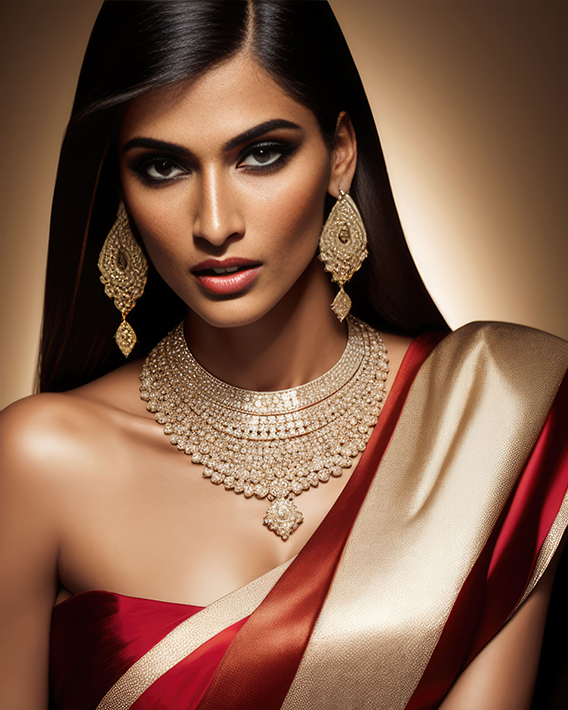
Suppose AI model creators were required to disclose the list of artists whose work they use in their training databases and to provide more transparency about how their models generate images. In that case, this could benefit end-users in several ways.
First, end-users would have more information about how their “creations” are generated, which could help them to understand and appreciate the role of the artists whose work is used to train the models. This could also prevent misunderstandings or disputes about the ownership or authorship of generated images.
Second, disclosing the “seeds” of each generated image (i.e., the specific photos or styles that the model used as inputs) could encourage end-users to explore the work of these artists and potentially create new revenue streams for them. For example, end-users might be inspired by the work of a particular artist and seek out their original artwork or use their style in their prompts.
Overall, providing more transparency about the artists and images used to train AI models could help to support the creative industries and recognize the contributions of the artists. It could also improve the user experience and encourage end-users to engage more deeply with the art and creativity that underpins AI image generation technology.
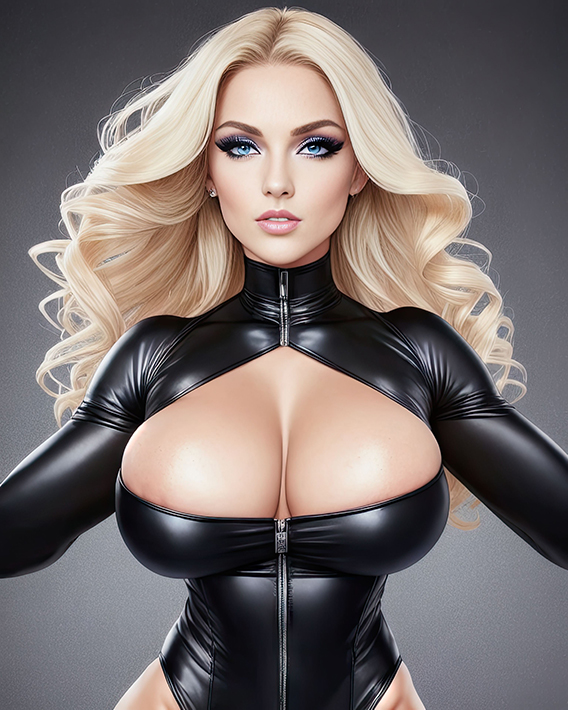
Society as a whole would also benefit from this framework. As AI image generation becomes more pervasive, transitioning to a creative industry that relies on this technology would be smoother and more equitable when we pay the artists who helped create the tools.
This framework would promote the ethical development of AI image generation technology by requiring AI model creators to disclose the list of artists in their training databases and distribute a certain percentage of proceeds as royalties. It would help to ensure that the creators of these models are transparent about their methods and practices and reward the artists whose work they use.
By providing a financial incentive for artists to create and share their work, this framework could encourage more people to engage in artistic and creative endeavors. This could lead to a proliferation of new and diverse visual content, which could be used to train AI models and support the industry’s growth.
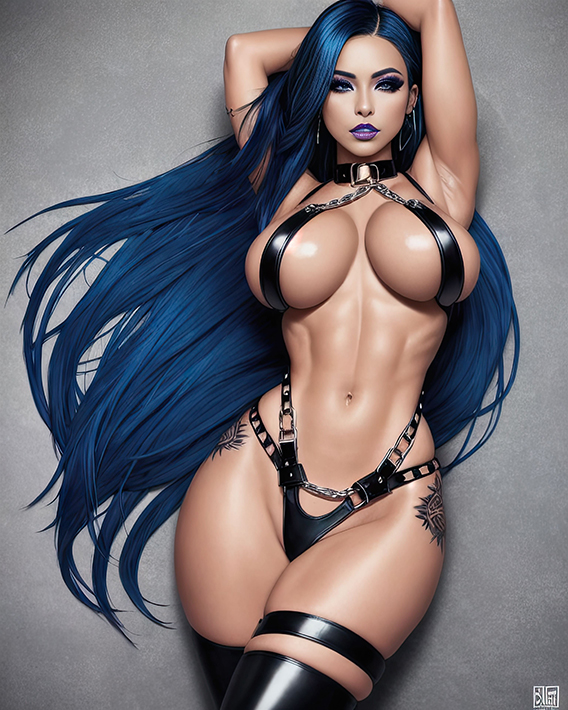
What are the challenges?
Implementing a global framework for compensating artists whose work is used to train AI models would be a complex and challenging endeavor. Several potential challenges and obstacles must be overcome to create a fair, equitable, and effective system.
One challenge would be to ensure that artists from all over the world have equal access to the royalties generated by the use of their work. This could be particularly difficult for artists who are not part of the formal financial system, such as graffiti artists in the slums of Rio de Janeiro. It would also be essential to address issues of fairness and equity, such as whether famous or well-known artists with impactful work should receive a higher royalty rate than less established but prolific artists.
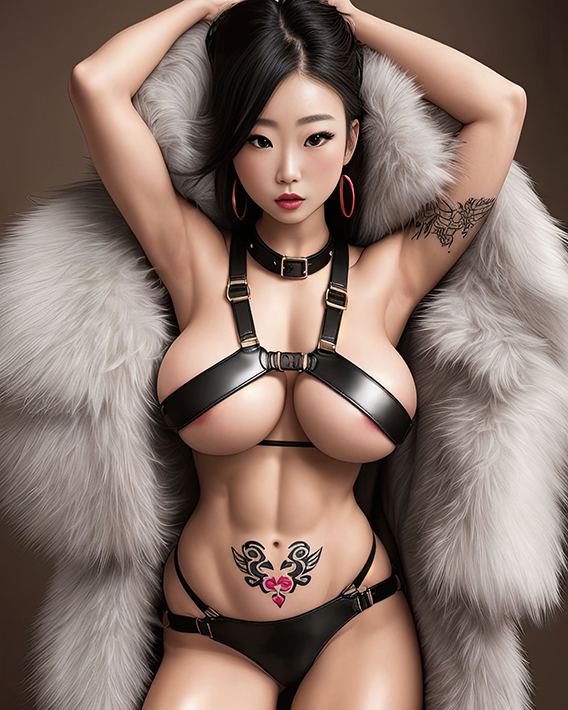
Another challenge would be determining how to distribute the royalties in a fair and equitable way. The proposed “one image = one share” rule may not be adequate, as some images may be weighted more heavily by the algorithms used to train the AI models. In this case, it would be essential to disclose this information and ensure that artists receive a fair share of the royalties based on the contribution of their work.
Some well-known artists may also object to having their work used to train AI models or receiving lower royalty rates than they are accustomed to. It will be essential to address these concerns and explain the benefits of this framework to all artists, including those who are already successful.
While at the other end of the spectrum, lesser-known artists should also have access to royalties if their work is used to train AI models – no matter how small the contribution.
Finally, the rise of AI image generation technology may pose challenges for upcoming artists, who may wonder why they should invest time and effort in creating art when anyone with a computer can generate new images with just a few words. It will be essential to address this issue and explain the value of original, human-created art and the potential opportunities for artists in a world where AI image generation is becoming increasingly common.

In closing
As AI image generation technology advances and becomes more widely used, it is vital to consider the implications for artists whose work is implemented to train these models. The rise of AI image generation presents challenges and opportunities for the visual arts industry. Developing a framework for compensating artists whose work is used in this way will be necessary.
Creating a global, universal framework for compensating artists whose work is used to train AI models will be complex and challenging. Still, it is necessary to ensure that artists are fairly compensated for their work and promote the ethical development of AI technology. Addressing these issues and engaging in the open and civil public debate may minimize the disruption caused by AI image generation and maximize its potential for innovation and growth.
Post and art by STC attendee Harri Jahkola for Shoot The Centerfold.
Full disclosure: my photography has been used to train some of these AI models.
I used a chat-based AI tool called ChatGTP to help me generate the outline and structure of this post and assist with copy-editing. This includes the post’s title, which was generated by the AI tool. It is essential to be transparent about the role of AI in creating this content and to acknowledge the contributions of both humans and machines. It even added the last sentence by itself, and I agree wholeheartedly!





